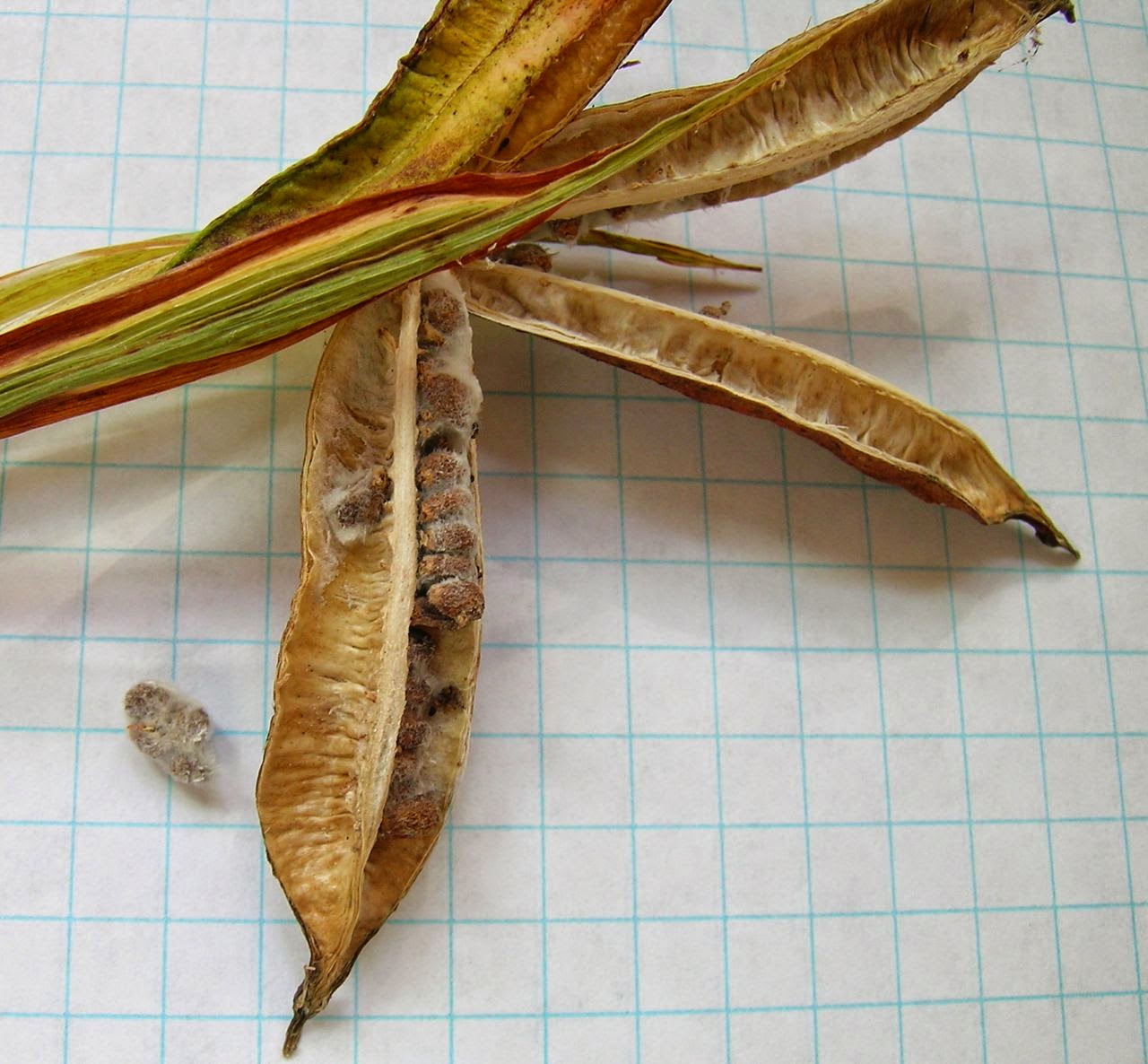At our recent Chesapeake and Potomac Iris Society picnic, we were treated to an excellent presentation by one of our youth members, Colin Campbell, on the basics of hybridizing. As part of the program, he illustrated various types of irises, from the long-standing descriptions --selfs, neglectas, amoenas-- to later emerging differentiations such as glaciatas, luminatas, etc. Inevitably, the question arose, "what happens if you cross such and such with so and so? What might you get?" There was a good deal of discussion about what might be expected of crosses between certain color combinations and/or between different patterns. Colin put a couple of hypothetical crosses up on the screen and invited us to speculate as to the outcomes. Unsurprisingly, there were various opinions.
So I thought I'd post here a few of my own introductions together with their parents, and you can judge whether the progeny is what you would have expected. Try to just look at the two parents and speculate about the outcome before scrolling down to the next photo.
Here are 'Blackbeard', a border bearded, and 'Betty Dunn', a tall bearded:

And their progeny, 'Blackbeard's Daughter', a tall bearded:
'Blackbeard's Daughter'
Interestingly, 'Blackbeard's Daughter' came out a tall bearded, whereas 'Blackbeard', the pod parent, was a border bearded. I would have predicted a border bearded offspring.
Next, we look at a result of a cross between TB seedlings 02P2 and 01S2:
And their TB offspring, 'Prince Igor':
Next, we look at a result of a cross between TB seedlings 02P2 and 01S2:
 |
| 02P2 |
 |
| 01S2 |
And their TB offspring, 'Prince Igor':
'Prince Igor'
Not too surprising, eh? The pod parent is a strong red self, and the pollen parent also has rich mahogany red falls. Its amoena factor is probably recessive.
We turn now to Seedling 02F6 X 'Starring':
 |
| 02F6 |
 |
| 'Starring' |
And the result:
'La Cumparsita'
Very much like its pod parent, but with a fuller shape. It picks up Starring's red-orange beard.
The result of the next cross, 'Lili Marlene' X 'Cherry Glen', surprised me greatly.
 |
| 'Cherry Glen' |
 |
| 'Lili Marlene' |
Here 'tis, and a rebloomer, to boot, though neither of the parents is:
 | ||||||||||
| 'Autumn Nectar' |
Both of these are what the late Dick Sparling used to call "small talls" with slender, nicely curved stems. So, I was very happy when 'Lynsy Alexandra' X 20Q5 yielded a similarly shaped, but taller seedling which I will introduce in 2015 as 'Entrancing'.
 |
| 'Entrancing' |
 |
| 'Entrancing' clump |
A cross of Standard Dwarf Bearded 'Lumalite' by Tall Bearded rebloomer 'Blazing Sunrise' produced an outcome that surprised me.
 |
| Lumalite |
 | |||
| 'Blazing Sunrise' |
 |
| 'Spring Again' |
Continuing to play with SDB 'Lumalite', I crossed it with TB 'Summer Olympics', i.e., 'Summer Olympics' X 'Lumalite':
 |
| 'Summer Olympics' |
 |
| 'Lumalite' |
And got IB 'Coral Chimes':
Who knew?
Pressing on, I made the cross IB 'Coral Chimes' X SDB 'Lumalite',
 | |||||
| 'Coral Chimes' |
 |
| 'Lumalite' |
and got SDB 'Bradán Eolais' (Irish: The Salmon of Knowledge):
Enough for now, and I trust you have noted that although you may set hybridizing goals, you never know for sure what may result.

































